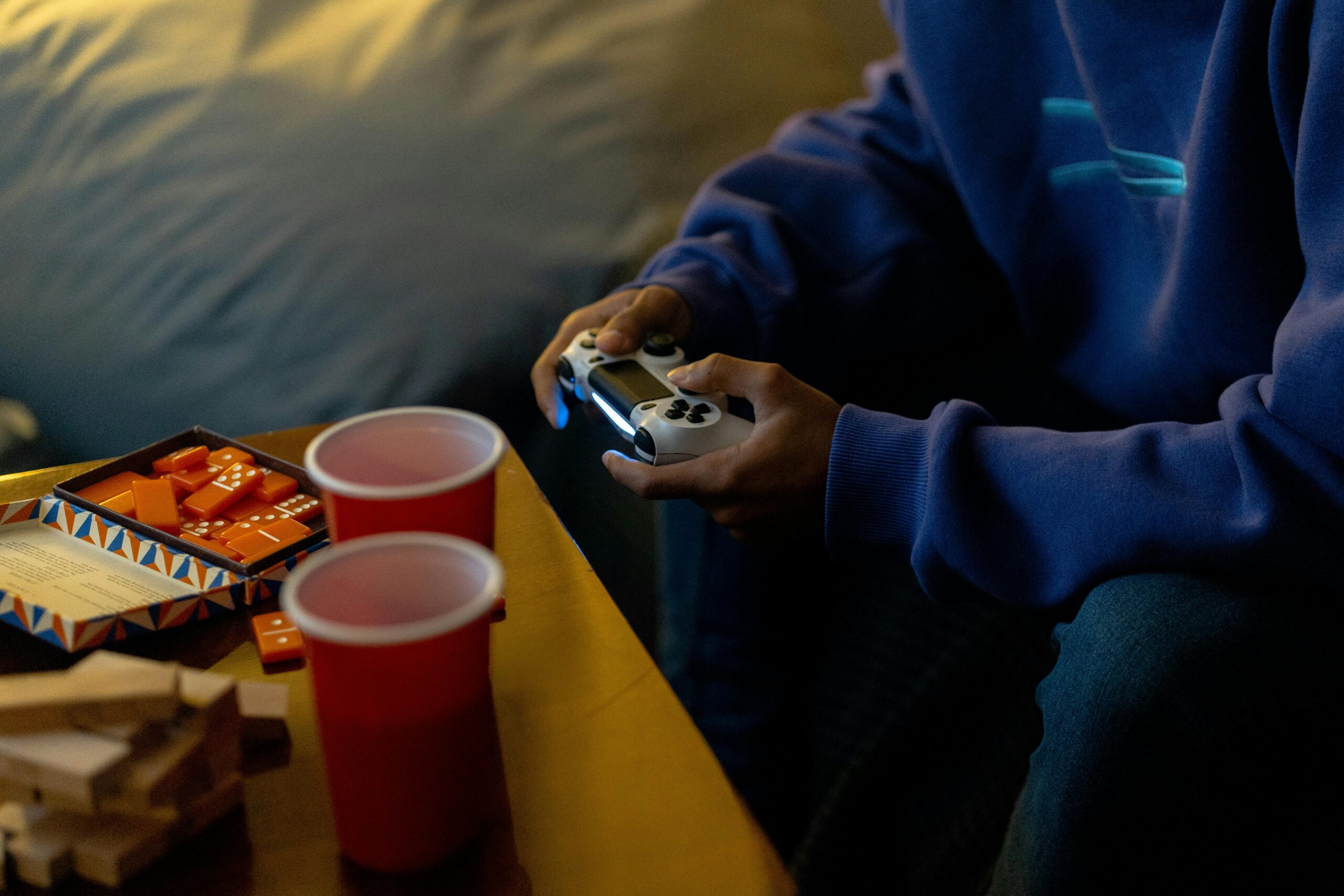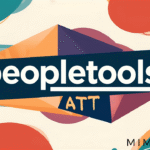How Blockchain Is Transforming Gaming: Ownership, Economy, and Engagement

It used to be that when you bought something in a video game — a sword, a skin, a piece of virtual land — it wasn’t really yours. You paid real money, but the thing lived in a database you didn’t control. One terms-of-service update, one server failure, one ban, and that digital trophy disappeared like smoke. Ownership was always implied, never promised.
Now, with blockchain technology creeping further into the gaming world, that equation is changing. Assets can be tokenized. Inventory can be permanent.
Players can hold something in their own digital wallets, not just behind a login screen. The rules are being rewritten, line by line, and somewhere in the code, a new kind of value is forming. In this reshaped digital landscape, the idea of ownership is no longer just cosmetic. It is economic.
Blockchain’s Entry Into the Game
At its core, blockchain is simply a decentralized ledger. It records data in a way that cannot be easily altered or hidden. When used in games, that ledger becomes a vault, a receipt, and a contract all in one. Every sword, every digital pet, every outfit or power-up can be turned into a unique token.
These tokens are called NFTs, or non-fungible tokens. Forget the headlines for a moment and think of them as certificates of ownership that you can carry across platforms and systems.
This new layer of transparency has led to all kinds of innovation. Some developers are building entire economies using digital tokens.
Others are integrating real-time cryptocurrency data into gameplay. Imagine a live Bitcoin price feed inside a game’s marketplace, where the value of items adjusts according to the actual market. The store starts to feel more like a trading floor than a static menu. The distinction between gaming and finance begins to blur.
Owning What You Earn
The most immediate impact of blockchain in gaming is the concept of true ownership. Instead of buying an item that exists only on a company’s server, players can now hold their digital assets in secure wallets. That legendary armor set you earned after days of grinding is not just part of your inventory. It is something you own and control independently.
Ownership makes trading possible. It turns loot into assets. Players can sell, gift, or move items between games. Think of it as owning signed NBA memorabilia from the 1990s. It is not just an object. It is a story, and it is yours.
This kind of ownership changes behavior. Players start to value what they collect. They think long term. And just like a vinyl record feels different from a streamed song, a blockchain-based item feels more personal than something stuck in a cloud account.
Play-to-Earn and Player-Driven Economies
Blockchain also powers new economic models. Instead of just spending money in a game, players can earn it. This is the foundation of what’s often called play-to-earn. Complete a quest, win a match, or build a useful item, and you might receive a token that holds real value.
These tokens can often be exchanged or sold, making them a new kind of income stream. It is not just about playing better. It is about playing smarter. Some players rent out powerful characters. Others run shops, host events, or create cosmetic items that others buy. The game becomes a marketplace, and players become entrepreneurs.
Of course, this model has its challenges. Some worry it could encourage endless grinding or create inequality between new and experienced users. Still, for many, the draw is simple. If you put in time and effort, you should be able to see a return. That mindset is gaining traction.
Engagement Through Transparency
One of the most underrated aspects of blockchain is its ability to build trust. Because transactions are visible and verified, players can see how a game’s economy works. They can check how many rare items exist. They can confirm that a lottery is truly random. This kind of openness was not possible before.
Transparency increases engagement. Players are more likely to invest time and energy when they feel a game is fair. They are more willing to stick around when they understand how things work. And they build communities based on that shared trust.
When the systems are visible and consistent, players stop guessing. They start participating with confidence. That is the difference between a game you try and a game you live in.
Looking Ahead
The next few years will bring more hybrid models. Not every game will be built entirely on blockchain, but more will borrow its tools. Developers will find ways to combine traditional game design with secure asset management. The flashy promises will fade. What remains will be the features that make gameplay better.
Outside the gaming world, people in economics and behavioral science are watching closely. Games have become experiments in incentive design. They are like miniature societies where developers play the role of architects. With blockchain, those societies can be more stable, more fair, and more transparent.





